Home>Gardening & Outdoor>Landscaping Ideas>How Long Can Grass Seed Survive Without Water
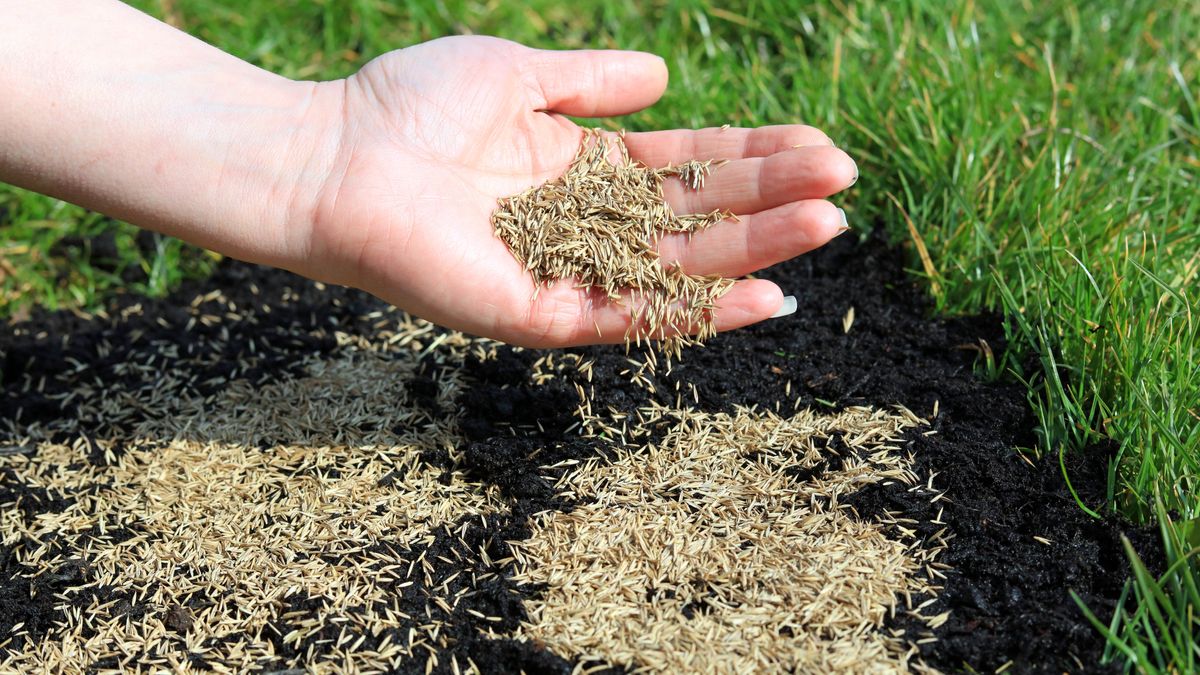

Landscaping Ideas
How Long Can Grass Seed Survive Without Water
Modified: March 24, 2024
Discover how long grass seed can survive without water and get landscaping ideas to ensure your lawn stays lush and healthy. Learn more about maintaining your lawn.
(Many of the links in this article redirect to a specific reviewed product. Your purchase of these products through affiliate links helps to generate commission for Storables.com, at no extra cost. Learn more)
**
Introduction
**
Landscaping with lush, green grass is a dream for many homeowners. Whether you're establishing a new lawn or renovating an existing one, understanding the needs of grass seed is crucial for success. One common concern among gardeners and landscapers is the ability of grass seed to survive without water. In this article, we will explore the factors affecting grass seed survival, the ideal conditions for its growth, and the critical question: how long can grass seed survive without water? Understanding these aspects will empower you to make informed decisions and take the necessary steps to ensure the successful germination and growth of your grass seed.
Now, let's delve into the fascinating world of grass seed and uncover the secrets behind its survival and growth.
Key Takeaways:
- Grass seed survival depends on factors like quality, soil, moisture, temperature, light, and pest resistance. Creating ideal conditions and managing water scarcity can enhance successful germination and growth.
- Understanding grass seed’s resilience to water scarcity and implementing effective moisture management strategies can optimize the potential for successful germination and establishment, even in challenging environments.
Factors Affecting Grass Seed Survival
Several factors play a pivotal role in determining the survival and germination of grass seed. Understanding these factors is essential for creating optimal conditions for successful growth. Here are the key factors that influence the survival of grass seed:
- Seed Quality: High-quality grass seed with good genetic characteristics is more likely to survive adverse conditions and germinate successfully. When selecting grass seed, it’s essential to choose reputable brands known for their superior seed quality.
- Soil Preparation: The condition of the soil directly impacts seed survival. Proper soil preparation, including adequate aeration, nutrient enrichment, and pH balancing, creates an environment conducive to seed germination and growth.
- Moisture Levels: Adequate moisture is crucial for seed germination. Insufficient moisture can hinder germination or cause the seeds to remain dormant until suitable conditions are present.
- Temperature: Optimal temperature ranges vary depending on the grass species. Some grasses thrive in cooler temperatures, while others prefer warmer climates. Extreme temperatures can impede germination and seedling development.
- Light Exposure: While some seeds require light for germination, others thrive in darkness. Understanding the light requirements of the specific grass species is essential for promoting successful germination.
- Competition and Weed Control: Competition from existing vegetation and weed growth can hinder the establishment of grass seed. Effective weed control measures are necessary to create an environment where grass seedlings can thrive.
- Disease and Pest Resistance: Resistant grass seed varieties are more likely to survive and thrive in the presence of potential diseases and pests. Choosing disease-resistant seed varieties can significantly impact overall survival rates.
By considering these factors and implementing appropriate measures, you can significantly enhance the likelihood of successful grass seed survival and establishment.
Ideal Conditions for Grass Seed Survival
Creating ideal conditions for grass seed survival is essential for promoting successful germination and establishment. By understanding and providing the optimal environment, you can maximize the chances of your grass seed thriving. Here are the key components of the ideal conditions for grass seed survival:
- Moisture: Adequate moisture is crucial for seed germination and early growth. Consistent, light watering is recommended to keep the soil moist but not waterlogged. Proper moisture levels support the emergence of healthy seedlings.
- Soil Preparation: Well-prepared soil provides a hospitable environment for grass seed germination. Proper soil aeration, nutrient levels, and pH balance contribute to the successful establishment of grass seedlings.
- Temperature: Optimal temperature ranges vary among different grass species. Providing the appropriate temperature conditions for the specific grass variety being cultivated is essential for promoting successful germination and growth.
- Light Exposure: Understanding the light requirements of the chosen grass species is crucial. Some grasses require exposure to light for germination, while others prefer darkness. Providing the appropriate light conditions supports the successful emergence of grass seedlings.
- Protection from Erosion: Preventing soil erosion is essential for protecting newly planted grass seed. Erosion control measures, such as mulching and erosion control blankets, help safeguard the soil and promote successful seedling establishment.
- Weed and Pest Control: Effective weed and pest control measures are necessary to minimize competition and potential damage to emerging grass seedlings. Managing weeds and pests supports the successful establishment and growth of the grass seed.
By creating and maintaining these ideal conditions, you can significantly enhance the likelihood of successful grass seed germination and establishment, setting the stage for a vibrant and healthy lawn.
Grass seed can survive without water for about 2-3 weeks, but it’s best to water regularly to ensure successful germination and healthy growth.
Grass Seed Survival Without Water
Water is a critical factor in the germination and survival of grass seed. While adequate moisture is essential for successful germination, grass seed does possess some resilience in the face of temporary water scarcity. Understanding the potential for grass seed survival without water is valuable for managing challenging environmental conditions. Here’s a closer look at the survival capabilities of grass seed in the absence of water:
- Seed Dormancy: Some grass seeds have built-in mechanisms for surviving periods of water scarcity through dormancy. When conditions are unfavorable, seeds can remain dormant in the soil until moisture levels become sufficient for germination. This natural adaptation allows grass seed to withstand temporary water shortages.
- Resilience to Drought: Certain grass species exhibit resilience to drought conditions, with seeds capable of surviving extended periods without water. These species have evolved mechanisms to endure water scarcity, enabling them to persist in arid environments and germinate when favorable conditions return.
- Limitations of Survival: While grass seed can exhibit resilience to water scarcity, prolonged drought conditions can significantly impact germination and seedling survival. Extended periods without water can hinder the successful establishment of grass seed, leading to reduced germination rates and compromised seedling vigor.
- Mitigating Water Scarcity: Implementing strategies to mitigate water scarcity, such as strategic irrigation and soil moisture management, can support the successful germination and establishment of grass seed even in challenging environments. These measures help create favorable conditions for seedling emergence and growth, overcoming the limitations posed by water scarcity.
Understanding the resilience of grass seed to water scarcity provides valuable insights for managing and nurturing grass seed in various environmental conditions. By leveraging this knowledge and implementing appropriate measures, you can optimize the potential for successful grass seed germination and establishment, even in the face of temporary water shortages.
Conclusion
Successfully establishing a vibrant and healthy lawn begins with understanding the intricacies of grass seed survival and germination. By considering the factors that influence grass seed survival, creating ideal conditions for growth, and acknowledging the resilience of grass seed in the face of water scarcity, you can take proactive steps to promote successful germination and establishment.
It’s essential to prioritize high-quality seed selection, proper soil preparation, and the implementation of effective moisture management strategies. By addressing these key components, you can significantly enhance the likelihood of successful grass seed germination and establishment, setting the stage for a lush and resilient lawn.
While grass seed exhibits some resilience to temporary water scarcity and drought conditions, it’s important to recognize the limitations imposed by prolonged water shortages. Implementing water conservation practices and leveraging efficient irrigation techniques can mitigate the impact of water scarcity, supporting the successful germination and growth of grass seed even in challenging environments.
Ultimately, by integrating knowledge of grass seed survival factors and leveraging best practices for creating optimal growing conditions, you can embark on a journey to cultivate a thriving lawn that enhances the beauty and functionality of your outdoor space.
With a deep understanding of the intricacies of grass seed survival and growth, you are empowered to make informed decisions and take the necessary steps to nurture and support the successful establishment of your lawn, creating a verdant oasis for relaxation and enjoyment.
Frequently Asked Questions about How Long Can Grass Seed Survive Without Water
Was this page helpful?
At Storables.com, we guarantee accurate and reliable information. Our content, validated by Expert Board Contributors, is crafted following stringent Editorial Policies. We're committed to providing you with well-researched, expert-backed insights for all your informational needs.
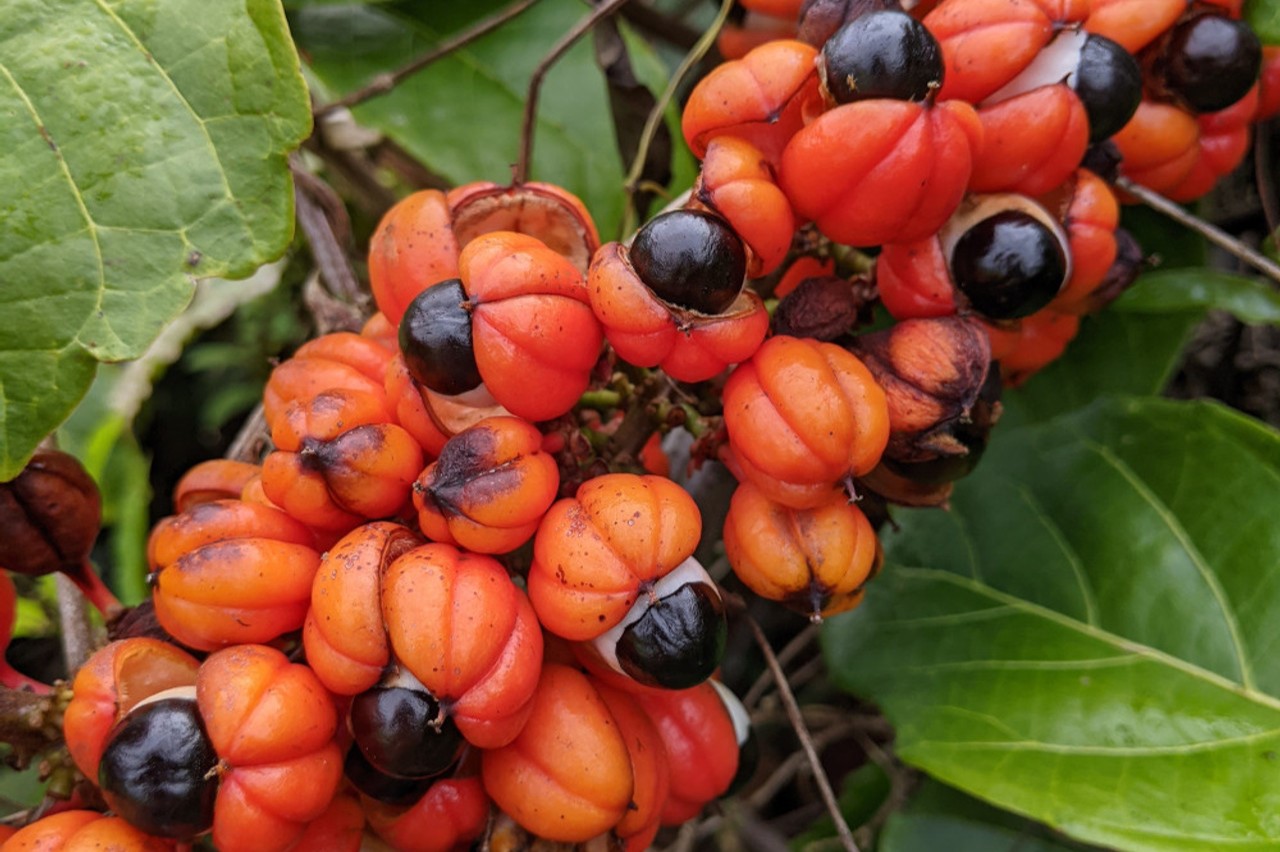
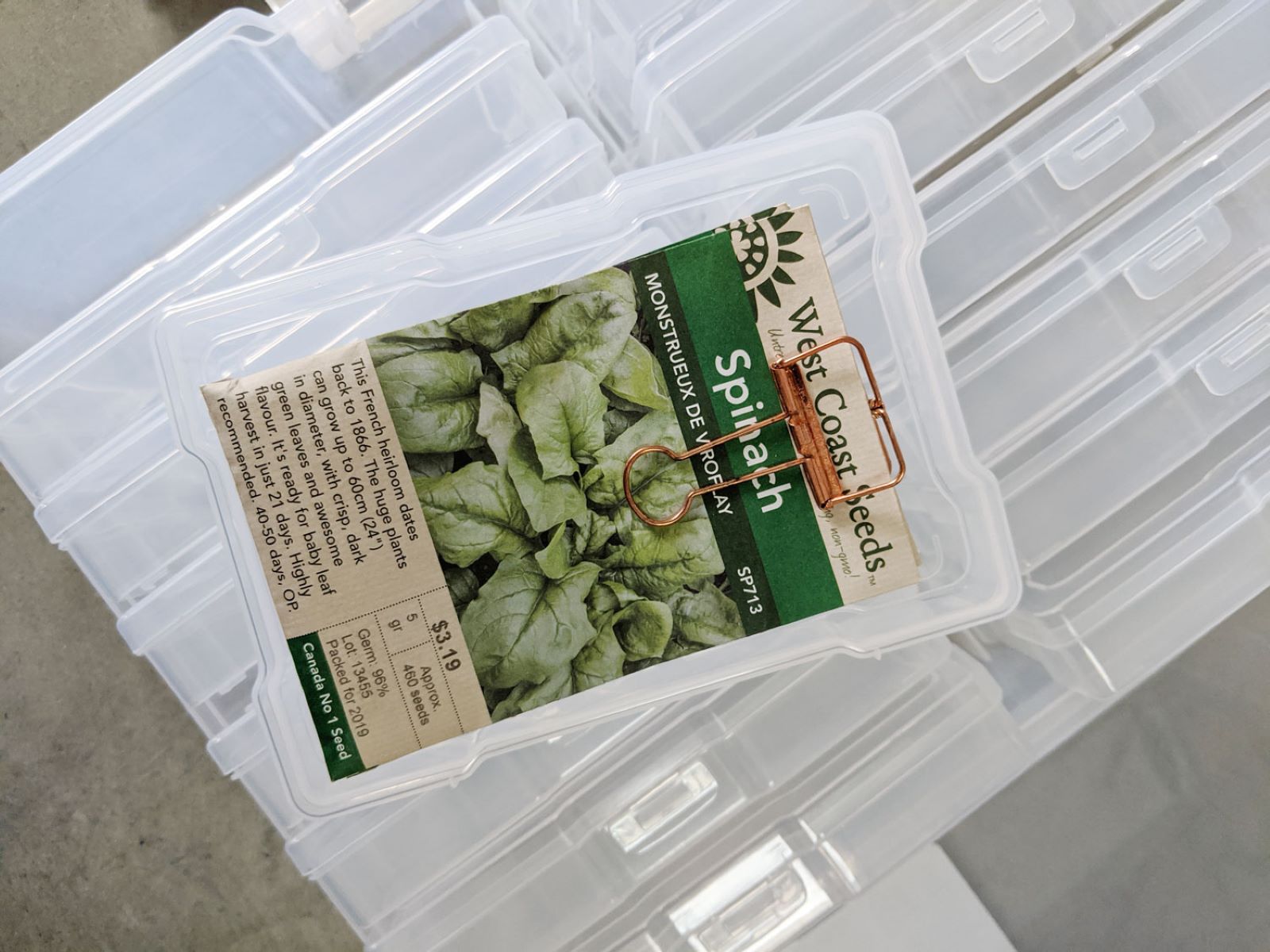

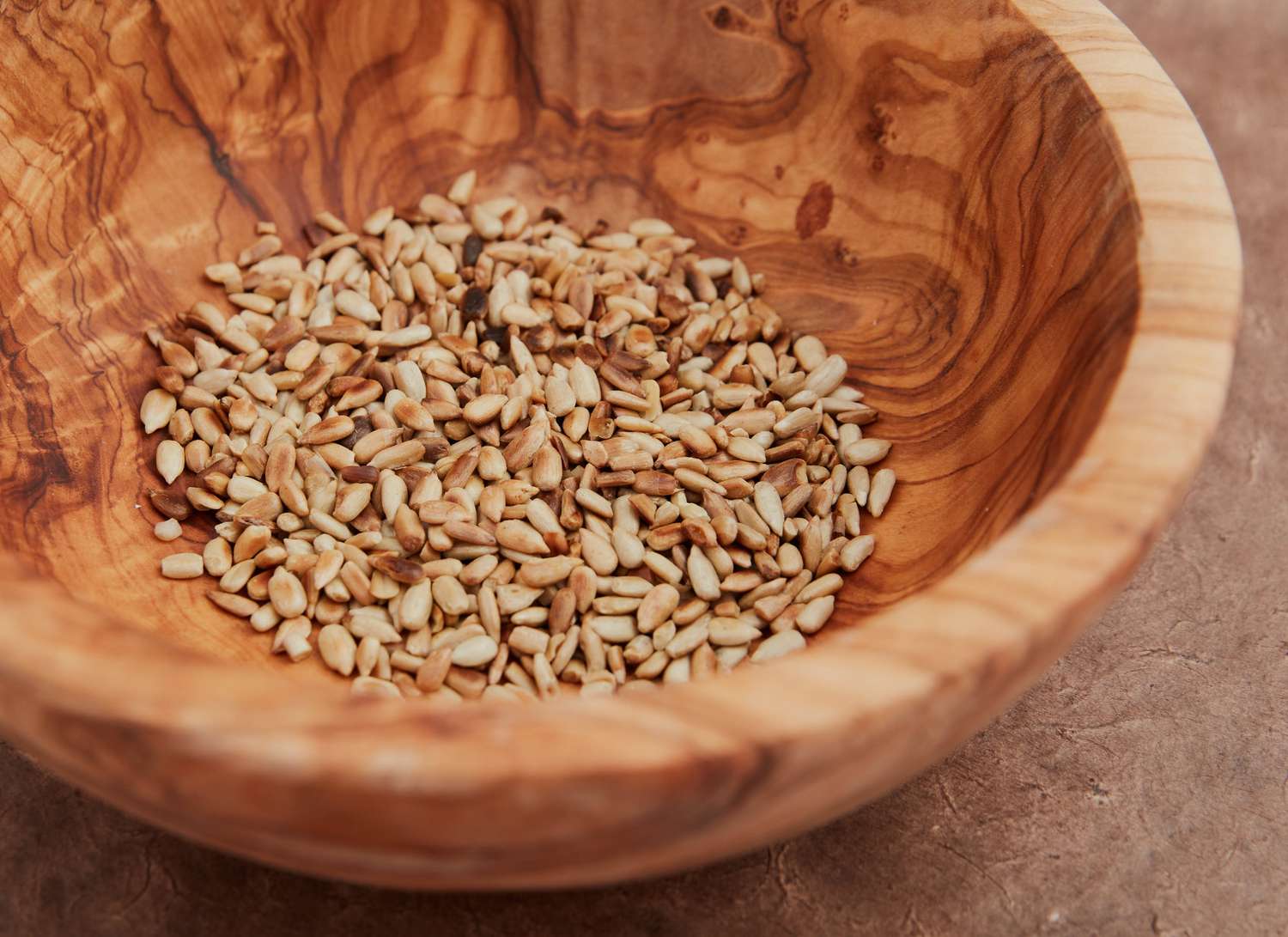
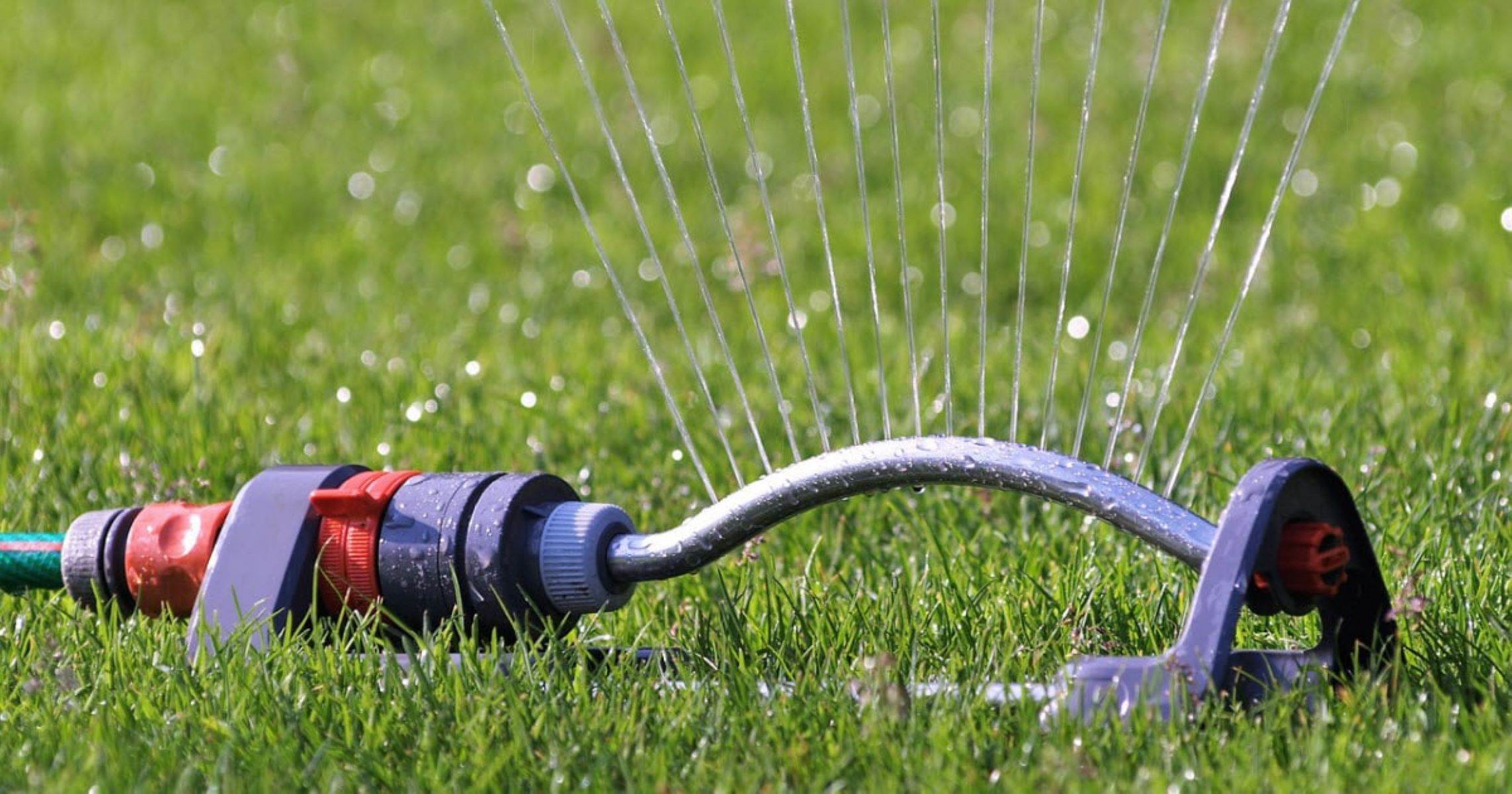
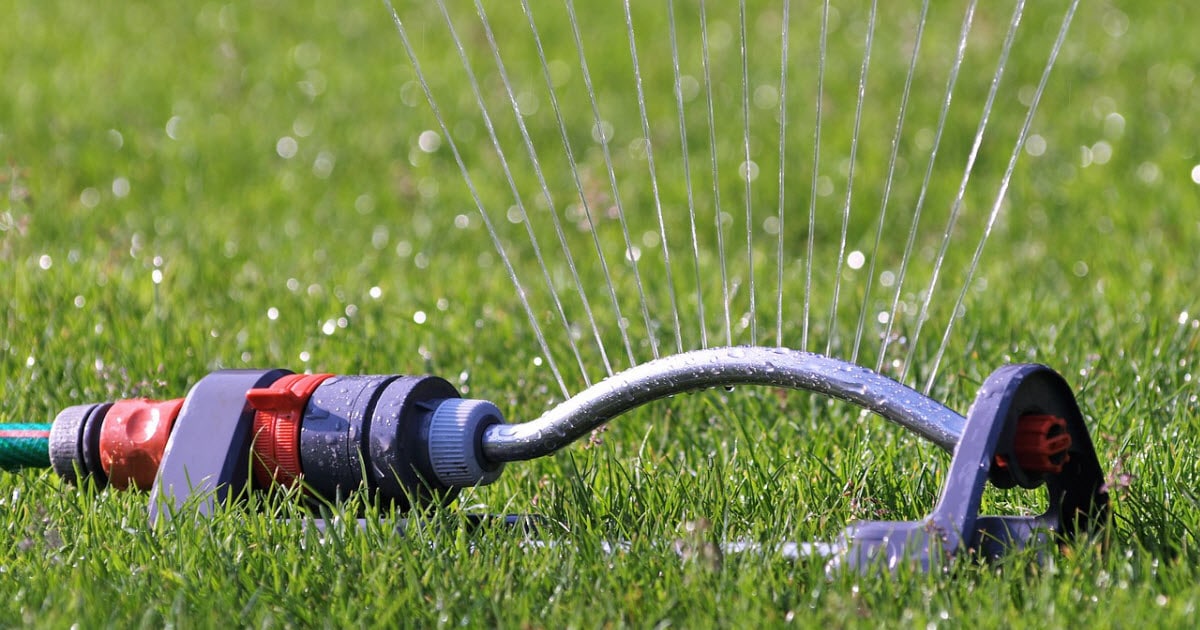
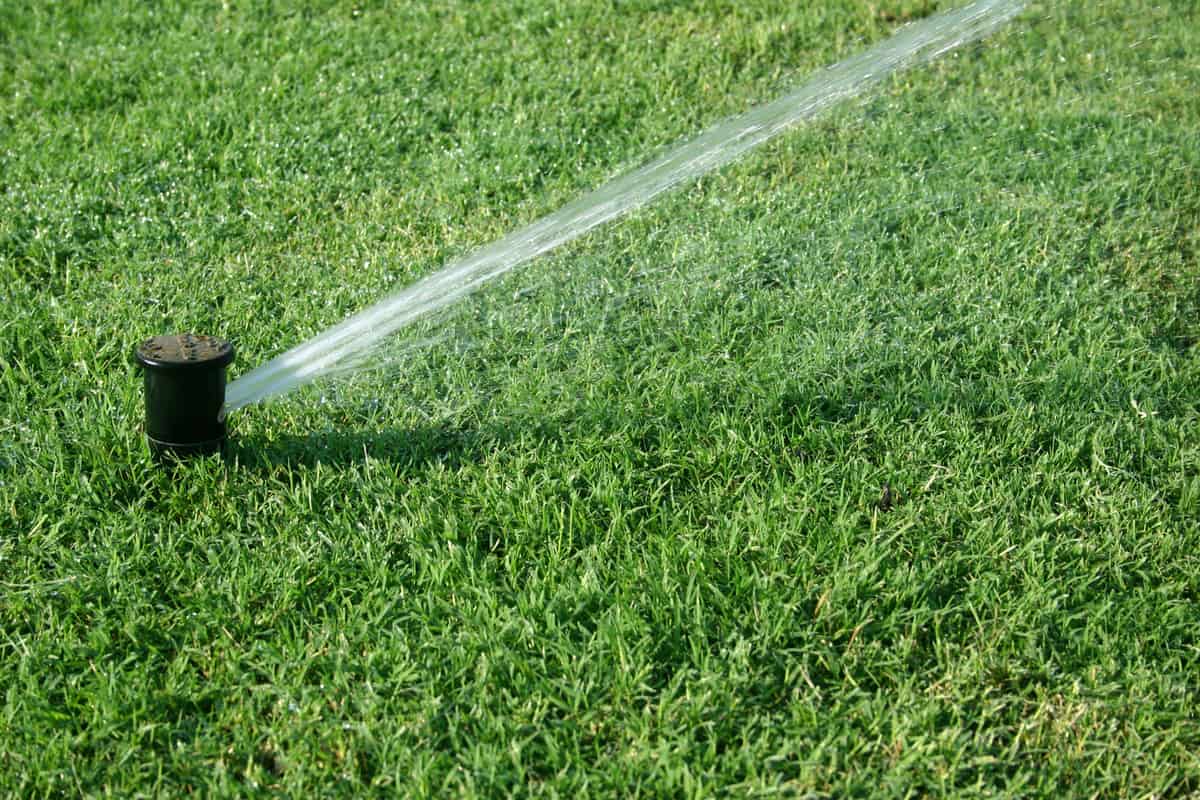

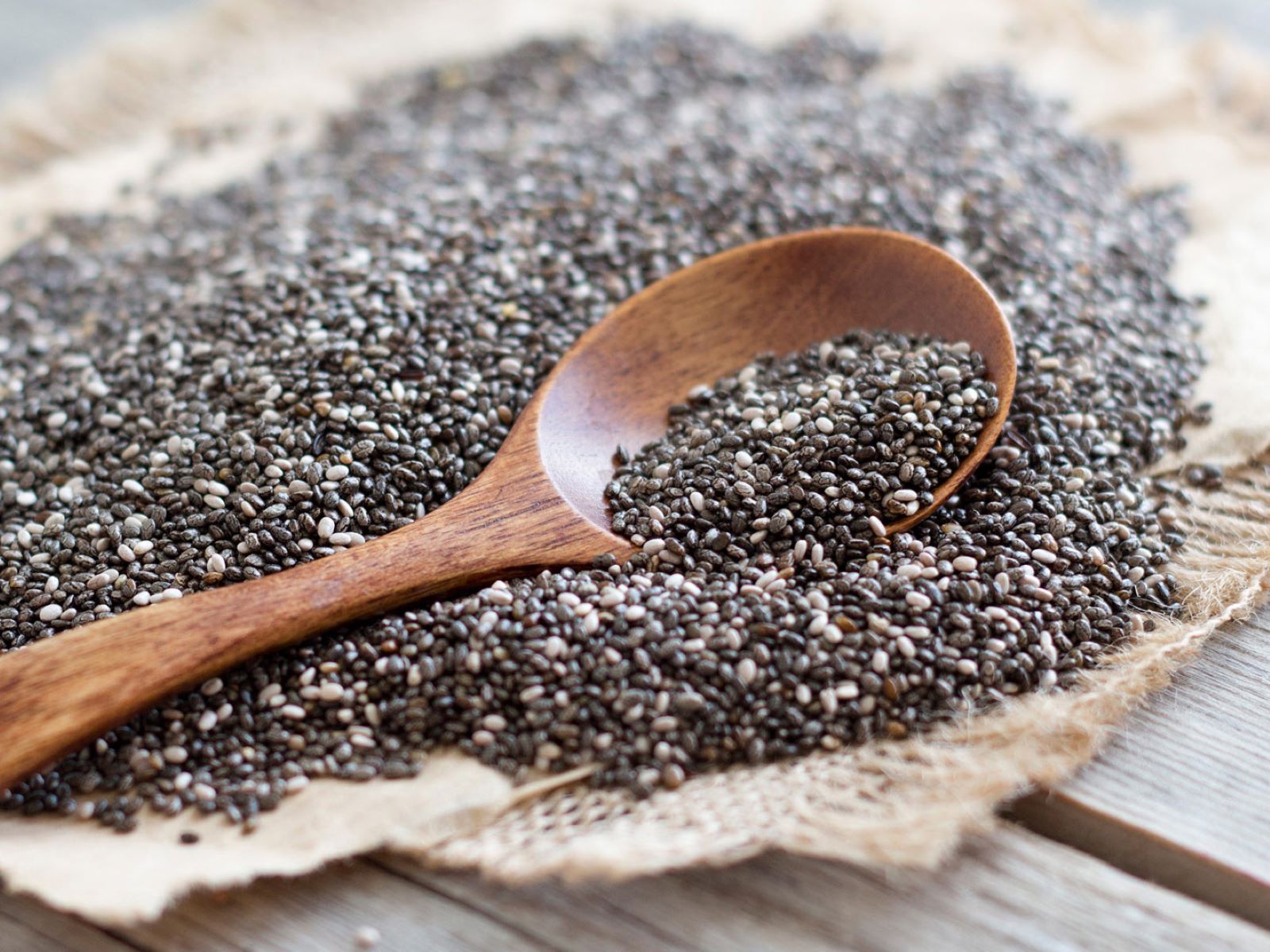
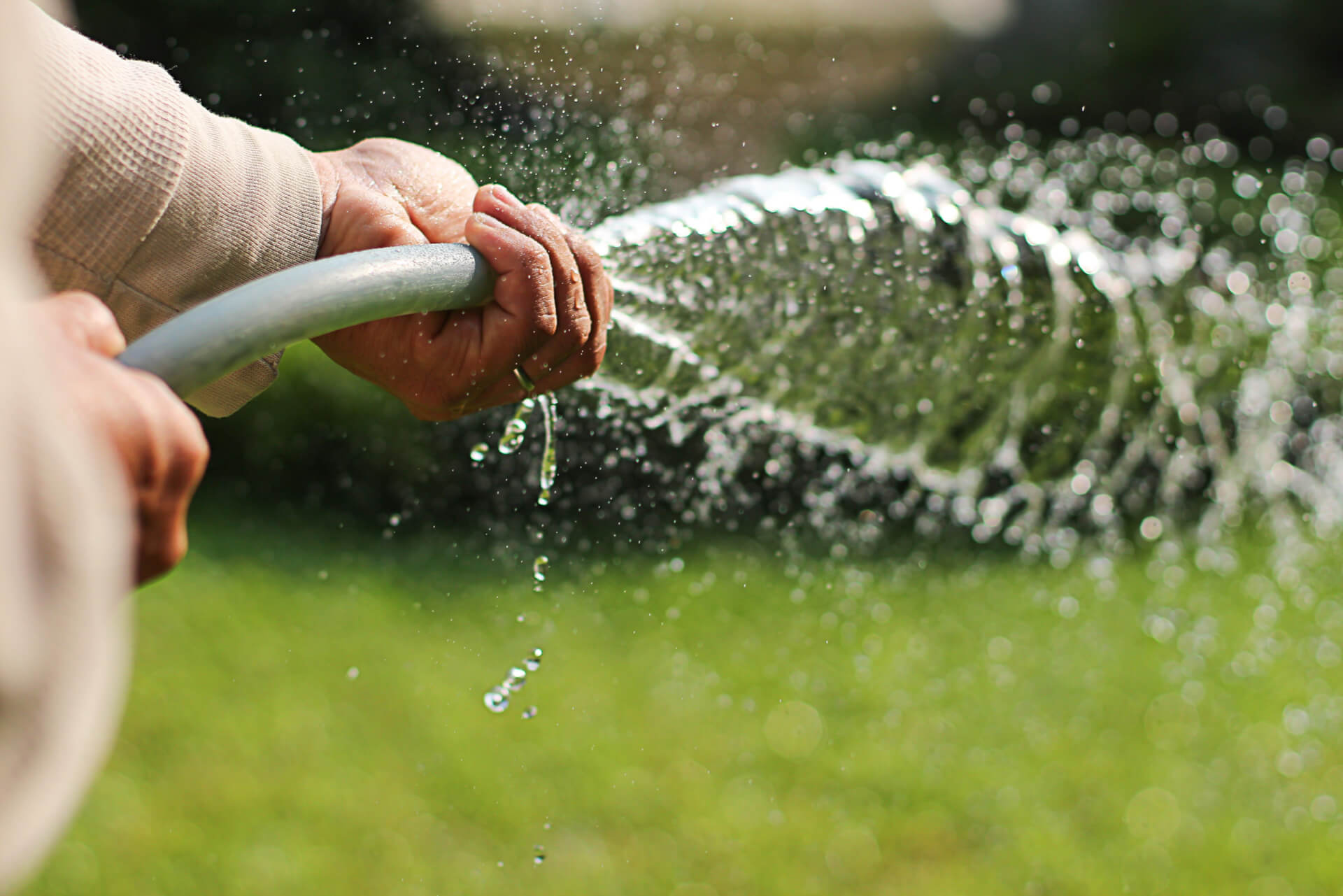
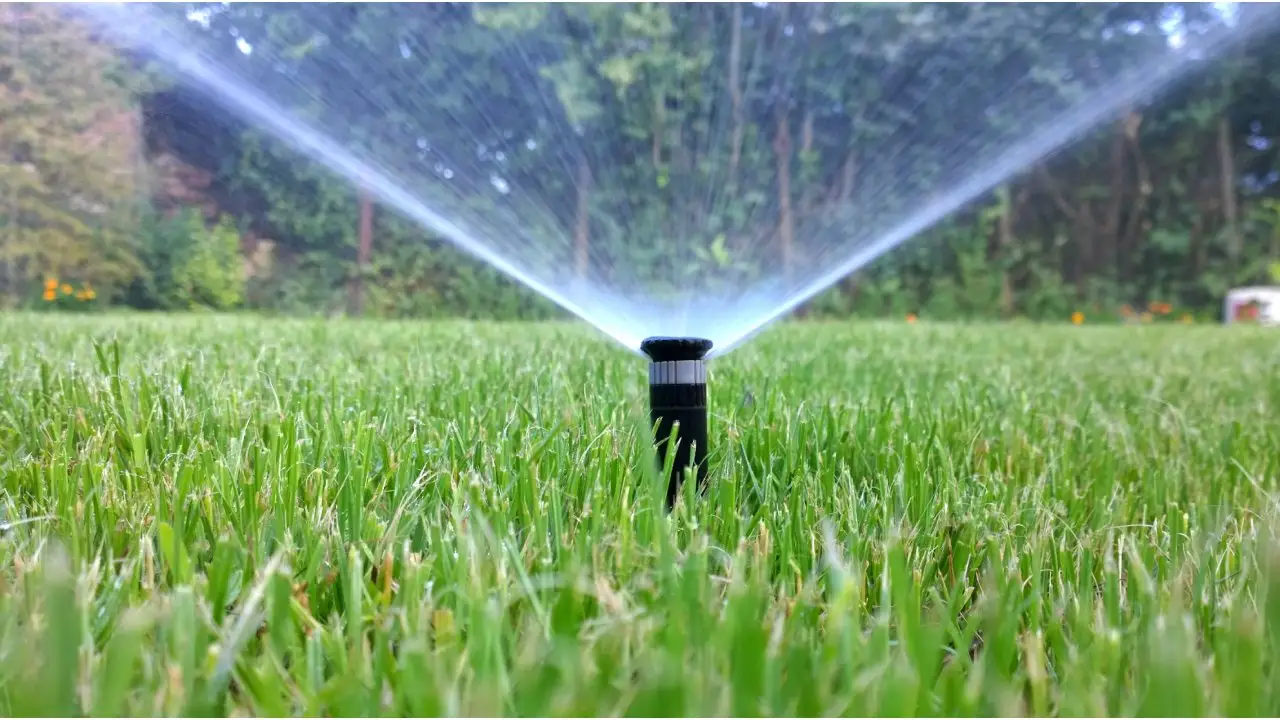
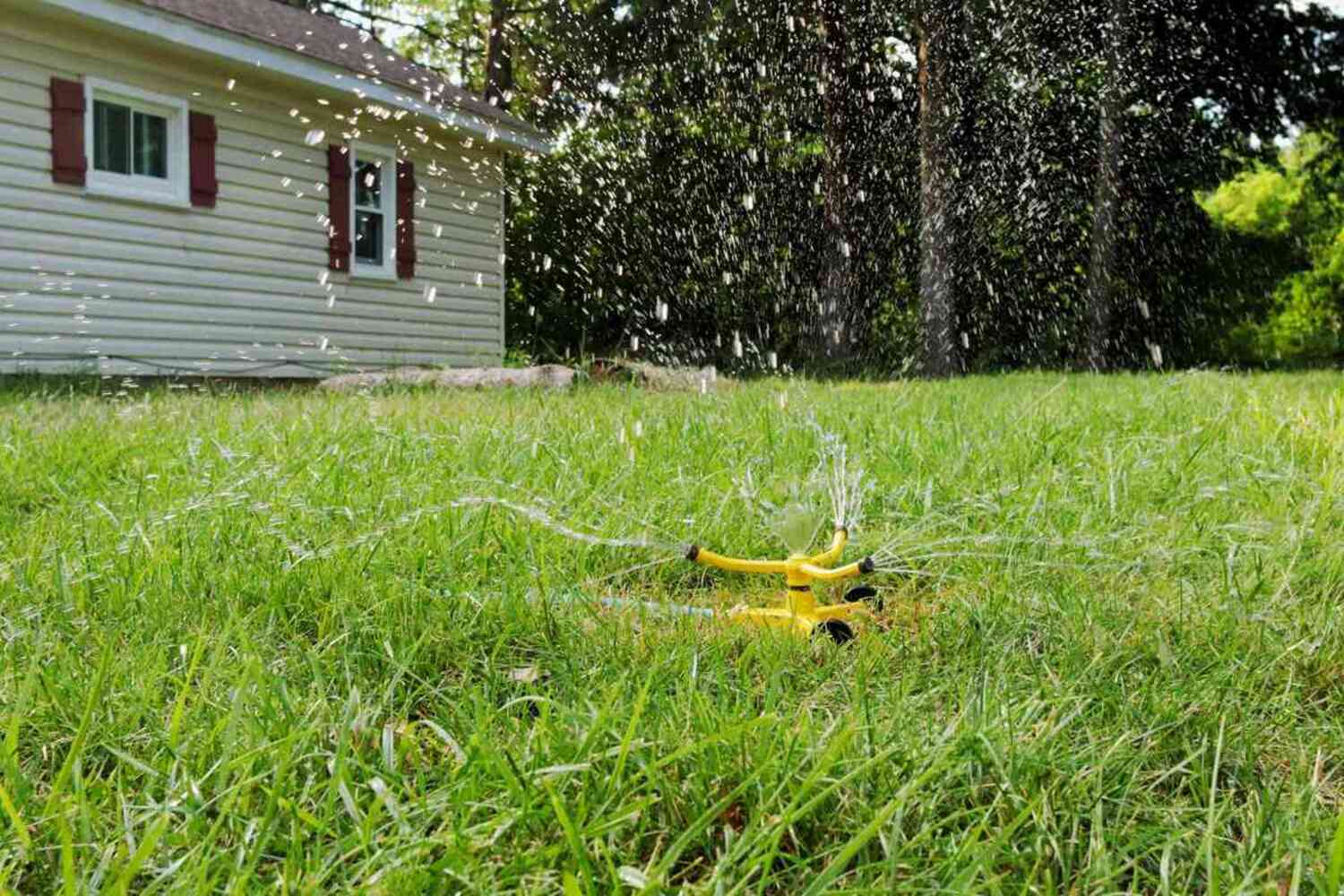
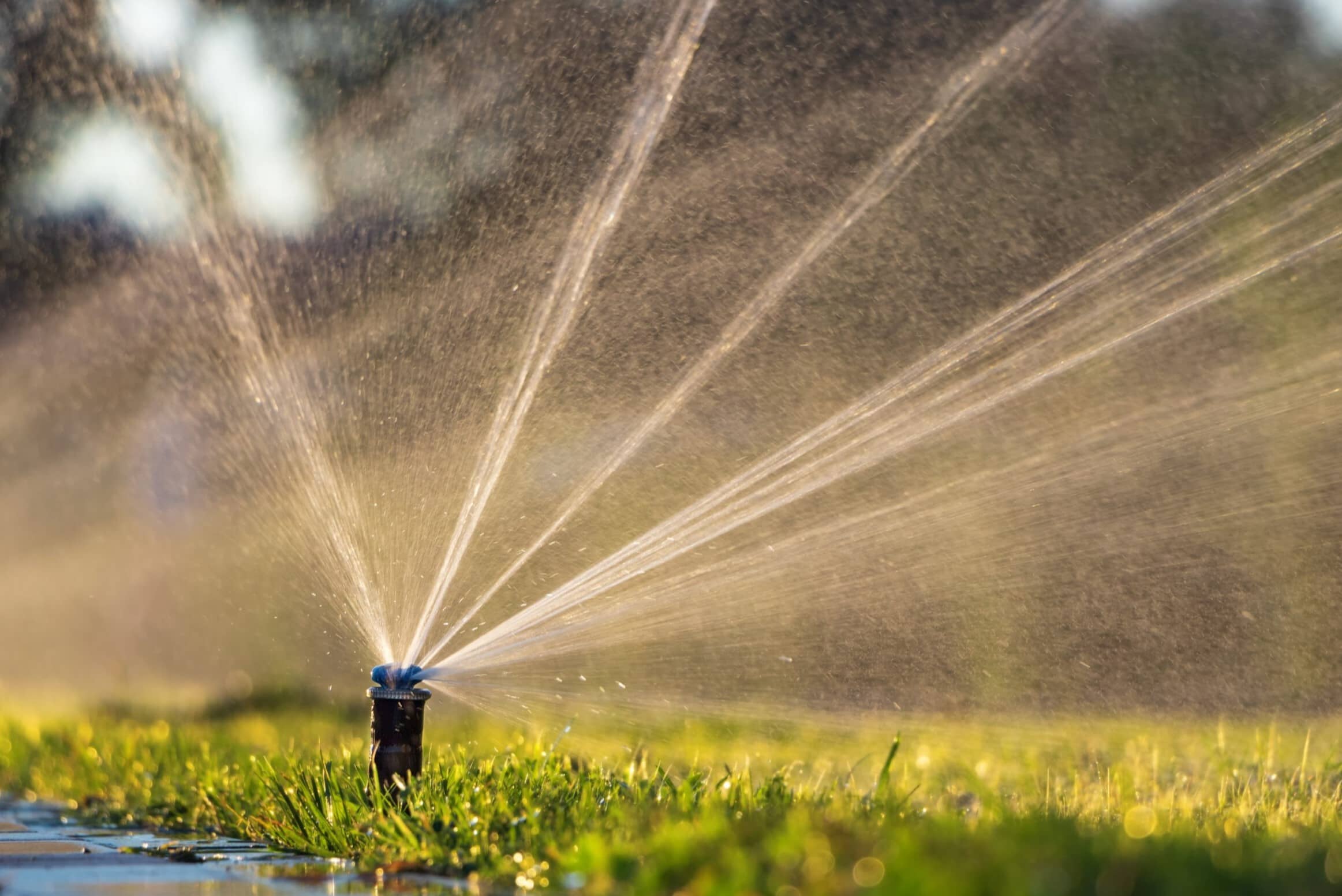
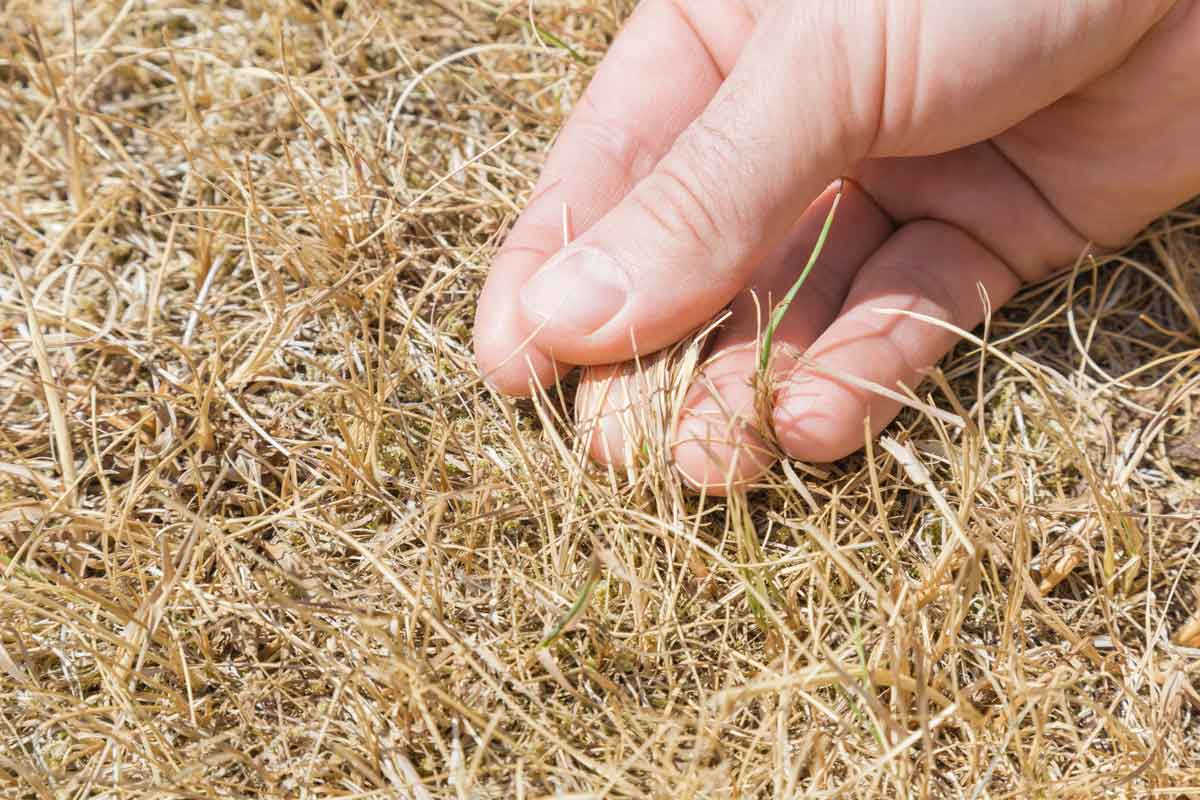


0 thoughts on “How Long Can Grass Seed Survive Without Water”